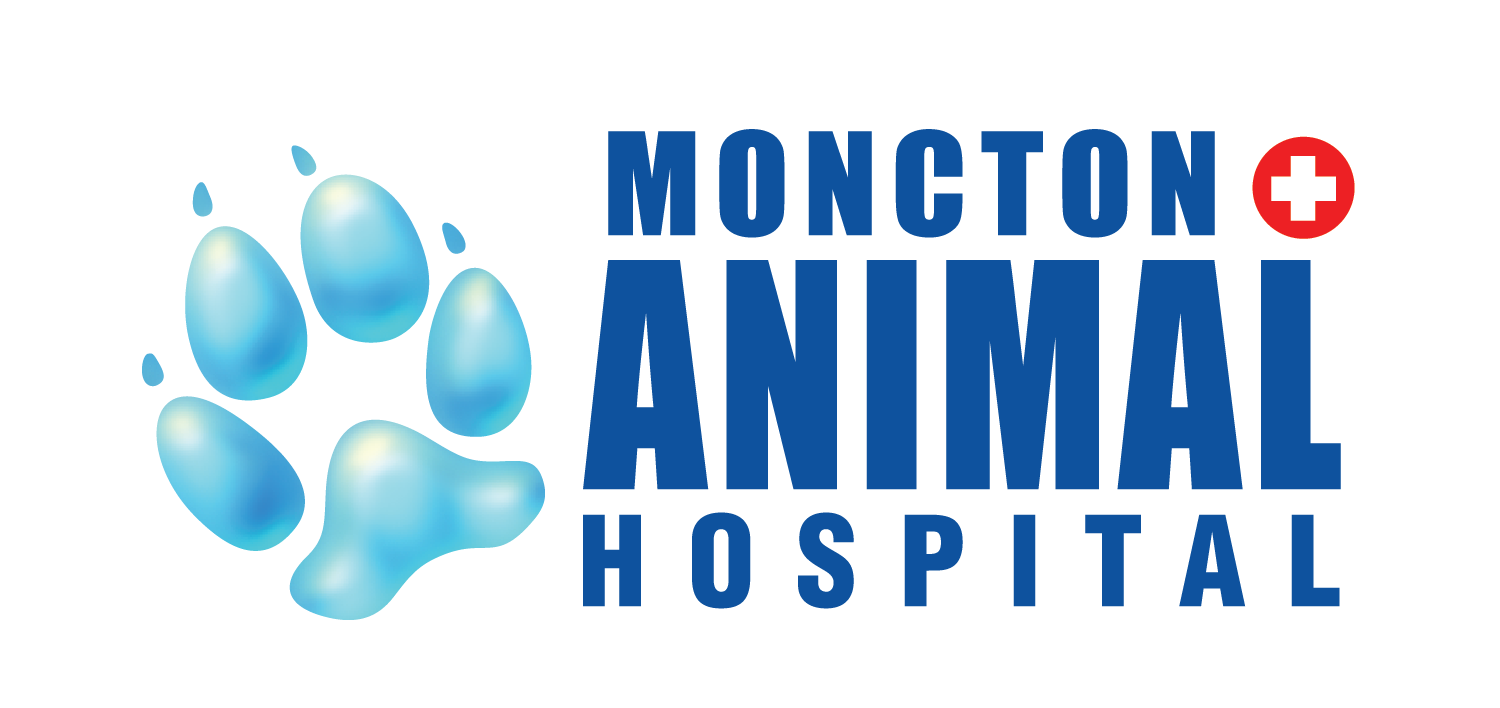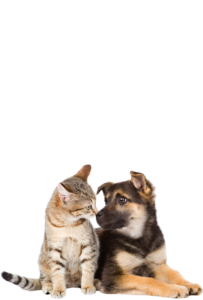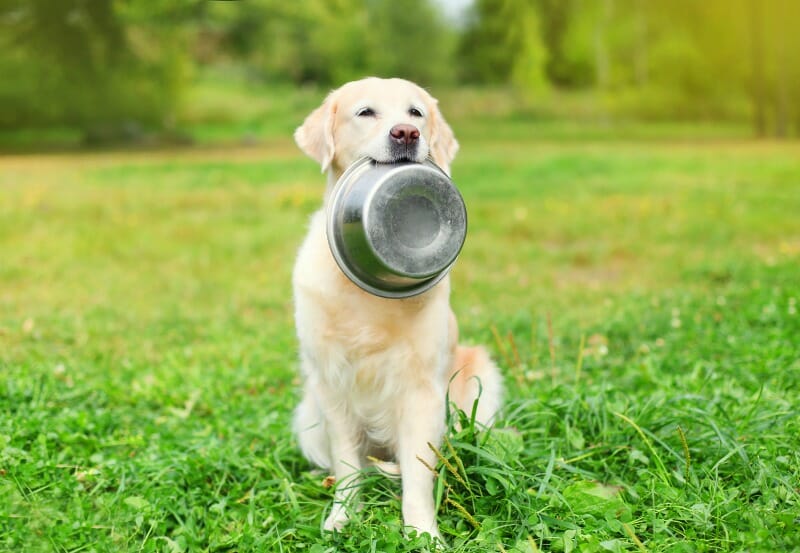Raw diets are gaining popularity among pet owners recently, but why is this? In this blog, we will outline the perceived benefits and risks associated with feeding a raw diet to your pet.
Risks
Feeding a raw food diet can expose the members of your household, and the general public, to harmful bacteria, parasites, and protozoa. These organisms are of significant risk to young, the elderly, pregnant women, and immunosuppressed individuals. Bacteria found in raw diets can cause illness in both the animal being fed the diet and the humans that have contact with the animal. These bacterias include:
- Salmonella: one study found 80% of homemade raw diets to be contaminated.
- Campylobacter.
- E.coli.
- Clostridium perfringens.
The bones involved in feeding raw can injure your pet in a number of ways.
- Tooth fracture.
- Torn esophagus, stomach or intestines from sharp edges.
- Obstruction caused by bone becoming stuck.
Feeding raw can lead to nutritional imbalances.
- Commercial veterinary diets are balanced by veterinary nutritionists with the use of science.
- Home-fed raw cannot be easily balanced.
- Vitamin and mineral imbalances can lead to numerous health conditions: including broken bones and toxicity.
Benefits
While advocates of raw feeding claim many perceived diets, unfortunately, there is no scientific evidence to support claims that feeding raw is beneficial when compared to a conventional diet. There are, however, many scientific sources stating the risks discussed above.
Please give us a call if you have any questions.
Written by: Dr. Nicole Mann, DVM



